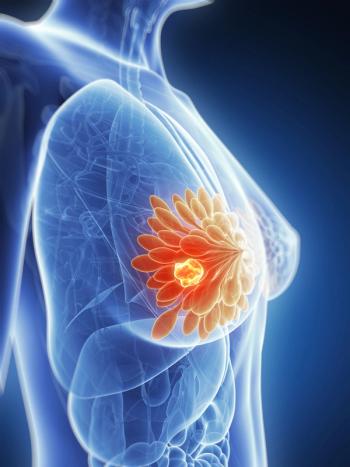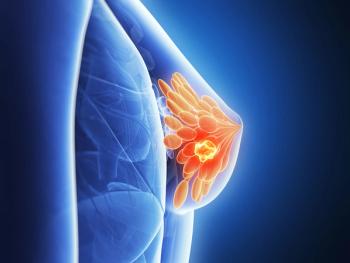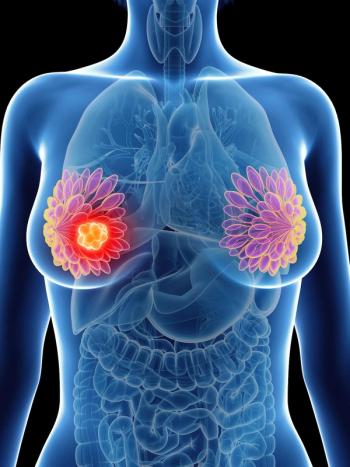
Breast Cancer Patients With ESR1 Mutations Fare Worse
Women with ER-positive metastatic breast cancer previously treated with an aromatase inhibitor have worse survival outcomes if their tumor harbors one of two estrogen receptor mutations.
Women with estrogen receptor (ER)-positive metastatic breast cancer previously treated with an aromatase inhibitor have worse survival outcomes if their tumor harbors one of two estrogen receptor (ESR1) mutations, according to an analysis
The two mutations, ESR1 Y537S and D538G, are present at relatively high rates among ER-positive metastatic breast cancer patients.
Sarat Chandarlapaty, MD, PhD, of the Memorial Sloan Kettering Cancer Center in New York, and coauthors analyzed cell-free DNA using baseline plasma samples obtained from postmenopausal women with ER-positive metastatic breast cancer previously treated with an aromatase inhibitor who had participated in the
Of 541 patients analyzed in the study, 29% harbored an ESR1 mutation. Patients with the D538G mutation (21.1%) and Y537S mutation (13.3%) had an overall survival of 25.99 months and 19.98 months, respectively, compared with a survival of 32.1 months among those with neither ESR1 mutation. Patients with tumors harboring both mutations had a survival of 15.15 months.
The authors noted the ease and affordability of using patient plasma samples to analyze genetic biomarkers. With further validation, these mutations may serve as a prognostic biomarker for ER-positive metastatic breast cancer.
Patients with ER-positive breast cancer are typically treated with an aromatase inhibitor, an effective hormonal therapy that reduces mortality in many patients. Yet, the response varies among metastatic breast cancer patients, with some recurring within months and others responding for several years.
The study found that ESR1 mutations were identified in 11% of patients who had received aromatase inhibitor therapy only in the adjuvant setting compared with 33% in patients who received an aromatase inhibitor for the treatment of metastatic breast cancer. “These data confirm an earlier smaller study showing that ESR1 mutations were rarely acquired during adjuvant aromatase inhibitor treatment, but were frequently (42%) selected for by these drugs in the metastatic setting,” wrote Suzanne A. W. Fuqua, PhD, of the Lester and Sue Smith Breast Center, Baylor College of Medicine in Texas, and coauthors in an invited
The results of the current study do not establish the two mutations as predictive biomarkers for aromatase inhibitors or mTOR inhibition since patients in both study arms of BOLERO-2 received an aromatase inhibitor.
Newsletter
Stay up to date on recent advances in the multidisciplinary approach to cancer.

















































































